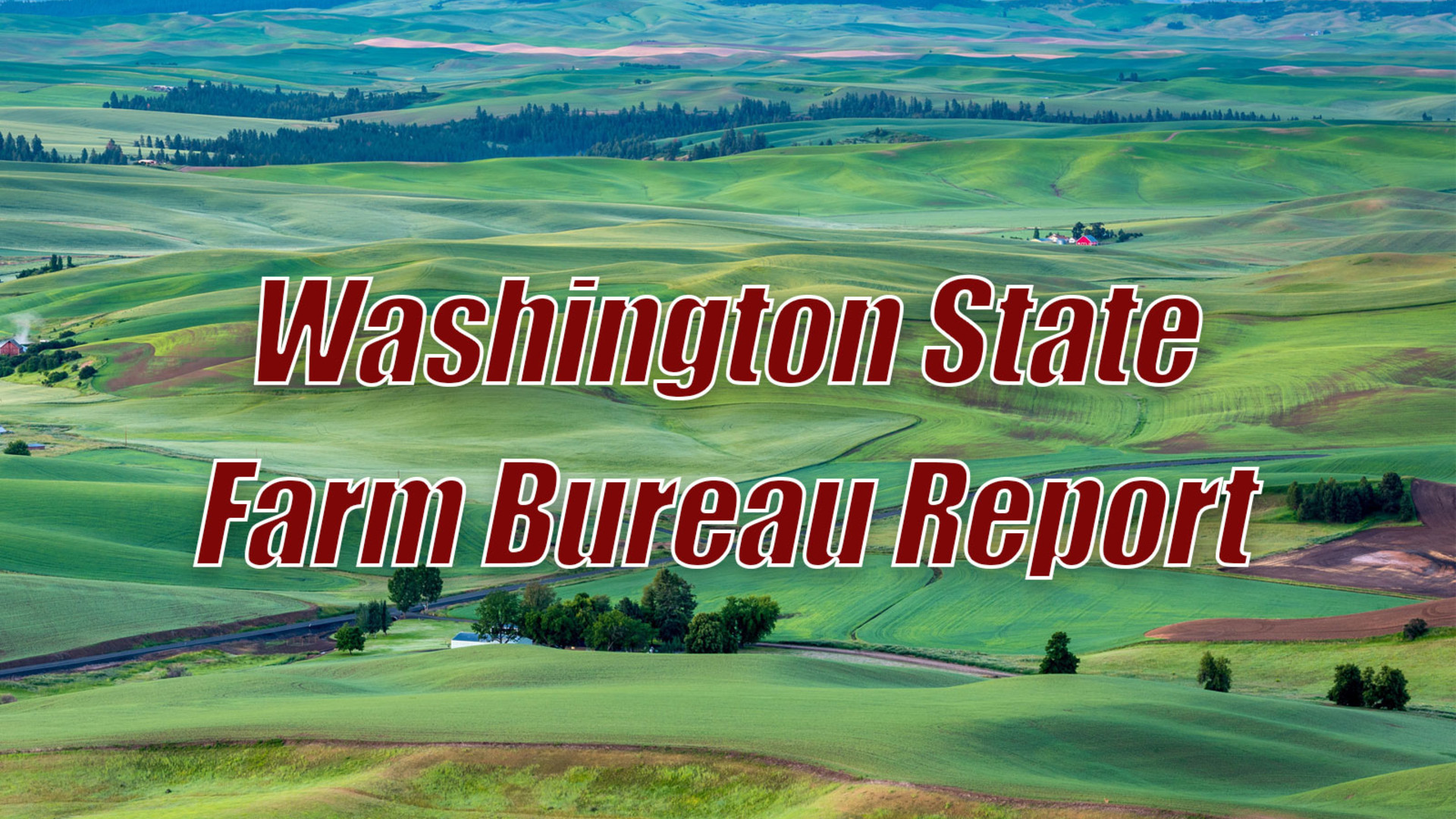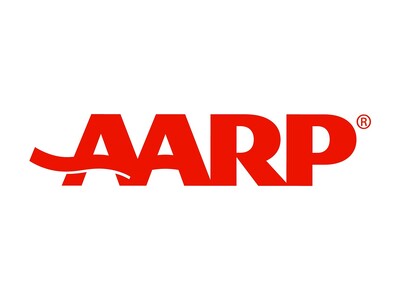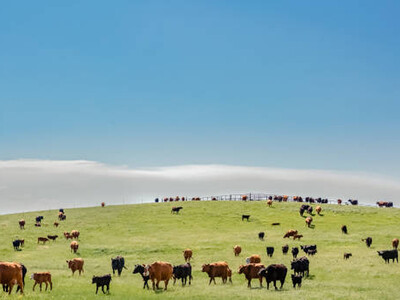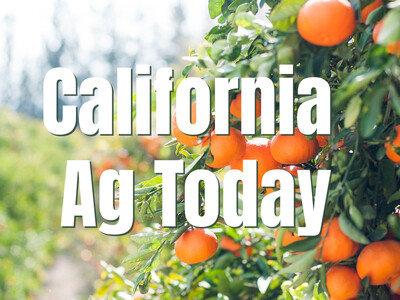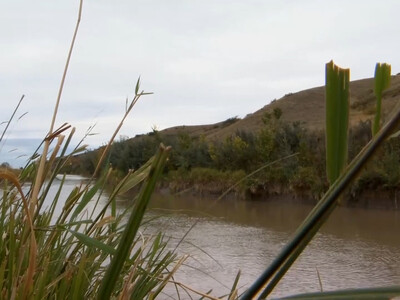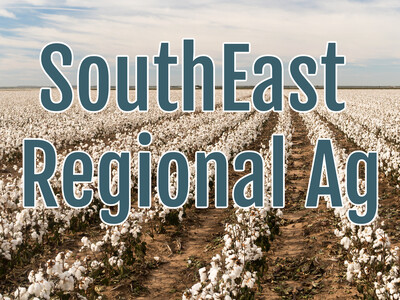Alkali Bee Study
The Touchet - Lowden agricultural district in Walla Walla County is the second largest alfalfa seed producing area in the U.S. It’s also home to the world’s largest community of alkali bee, a non-honey bee pollinator that is considered to be the most effective alfalfa pollinator. That’s why when a highway improvement project was proposed in the area a little over two years ago with a resulting environmental impact report stating that farmers there could farm something else besides alfalfa seed it didn’t go over too well. To remedy that situation the Washington State Department of Transportation turned to WSU entomologist Douglas Walsh to determine what could be done to help the bees cross the road.
WALSH: Mostly we trying to get them to go up and over the highway with the use of a barrier - one on each road edge and then one on the median. Since we can’t grow shrubs in a minute we were using a mesh material that we purchased.
That didn’t exactly work out though, so they developed the bee sweeper rack that attaches to a car and has 13 nets at different heights.
WALSH: What we’re proving with that this is we’re seeing for the most part the overwhelming majority of the bees are flying near the ground.
Walsh hasn’t given up on the barrier idea however.
WALSH: We’re setting up an experiment with replication that we can look at which direction the traffic is going. Once we get a bee up over one barrier and then up over a second barrier, will it stay up there? We’re trying to be a lot more detailed about it, so we’re really going to kind of beat it to death before we completely give up on the barrier.
I’m Lacy Gray and that’s Washington Ag Today on the Northwest Ag Information Network.


